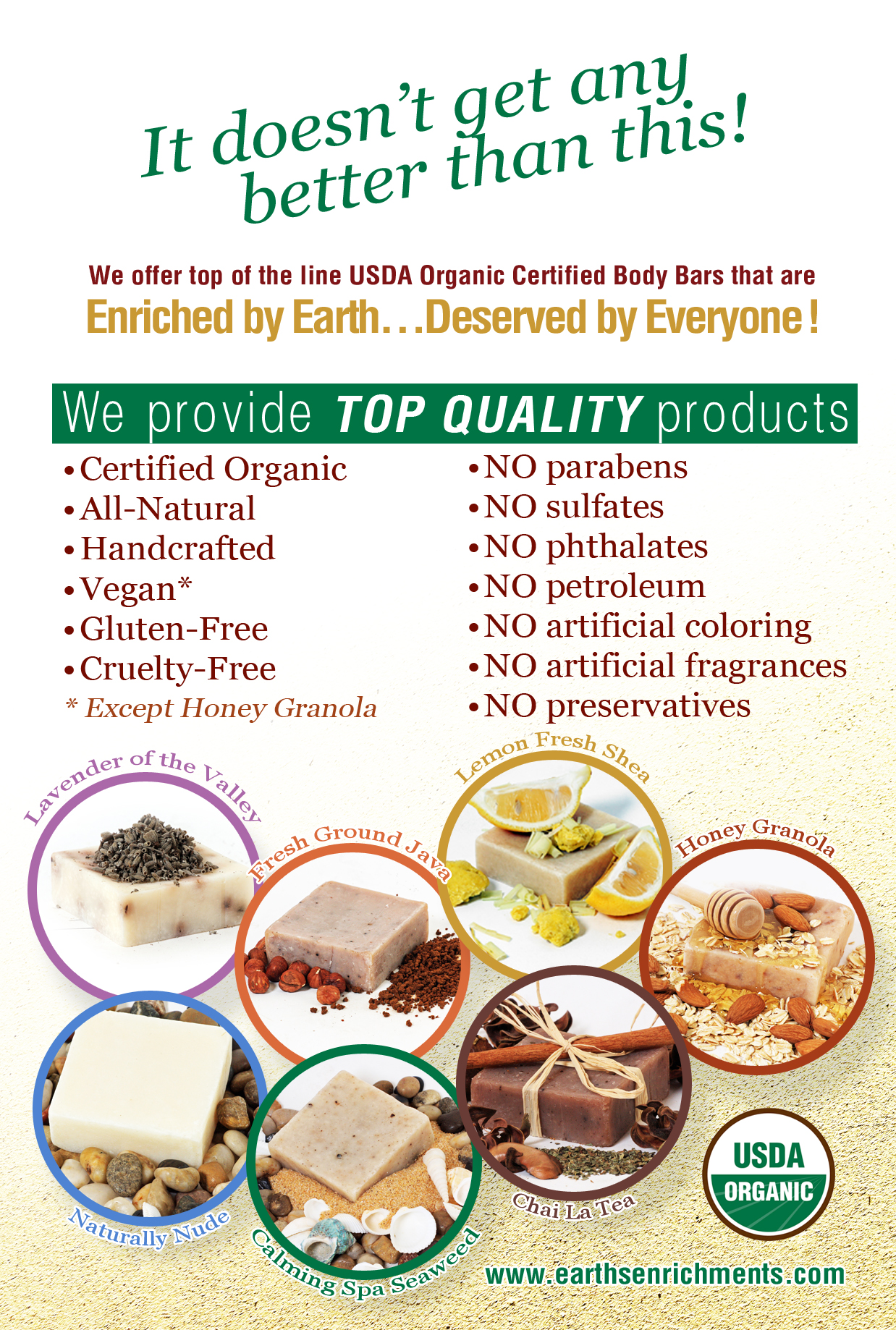
Dear Earth’s Enrichers
 Your senses are all very important: seeing, tasting, touching, smelling, and hearing! But for now, we’re going to focus on your ears which help you enjoy music, pay attention to your surroundings, consume information at work, and aid in many other aspects of life. Lots of things happen to your ears in a day. They are sometimes ignored, scratched, and get headphones shoved into them. Ears are sometimes so unappreciated. So, here’s to your ears and how to take care of them!
Your senses are all very important: seeing, tasting, touching, smelling, and hearing! But for now, we’re going to focus on your ears which help you enjoy music, pay attention to your surroundings, consume information at work, and aid in many other aspects of life. Lots of things happen to your ears in a day. They are sometimes ignored, scratched, and get headphones shoved into them. Ears are sometimes so unappreciated. So, here’s to your ears and how to take care of them!
Let’s start with answering one of the biggest questions about ears: cotton swabs or no cotton swabs? It is important to understand that (say this out loud) ear wax is good! Ear wax is the ear’s way of protecting itself. To clean it all out is actually contributing to possible injury to your ear.
Ear wax acts as a natural antibiotic and water proofing agent. It keeps the water and germs out and away from your ear drum. Clearing out too much of it heightens the chances for an ear infection. Another thing you should know before we answer the big question is where exactly your ear drum is.
Objects are closer than they appear; your ear drum is close to the outside of your ear. This makes puncturing of necessary parts of your ear more likely than you think. Lastly, the ear canal, if cleaned improperly, can actually back up with ear wax and cause damage or impair hearing. Gives a whole new meaning to folks telling you to clean your ears when you couldn’t hear, remember that?
So here’s the moment you have all been waiting for! Evidence shows that cleaning your ears with a cotton swab may not be the best idea after all. Cotton swabs make the chance of accidentally puncturing your ear drum greater since it’s difficult to know how far you are reaching in.
When cleaning with cotton swabs there is a chance you could end up pushing the ear wax into the ear canals. This could lead to impacting them and then it would require professional help to de-compact them.
What is recommended to clean, when it comes to ears, is the excess ear wax. Excess ear wax, or overflow, can cause infections. Nothing smaller than a finger should generally go in your ear, and you shouldn’t need anything larger than that to clean off the excess wax. For more information on how to clean your ears, ask your doctor or medical professional; that way she or he can give you a method that best works for your ears.
The EE 411: Things to Know about Ears
- Avoid cotton swabs
- Generally nothing smaller than your finger should enter your ear
- Itching inside the ear can mean over cleaning; consult an expert before irritation worsens
- Ear wax is good! It helps keep your ears safe.
- Excess ear wax could cause infection.
Here’s a fun fact: when you eat something sour or something extremely sweet there is a sensation that travels through the jaw and ends toward the ear, have you ever felt it? It happens because there is a branch of nerves that travels from your taste buds to mid-ear called the Chorda Tympani.
(This post was brought to you by Earth’s Enrichments. Similar posts can be found by visiting our Blog. More information about our company and products (USDA Certified Organic Soaps, Organic Bath Salts, Organic Sugar Scrubs, Organic Body Balms and Organic Lip Balms) can be found on our Website. Thank you Earth’s Enricher!)


















